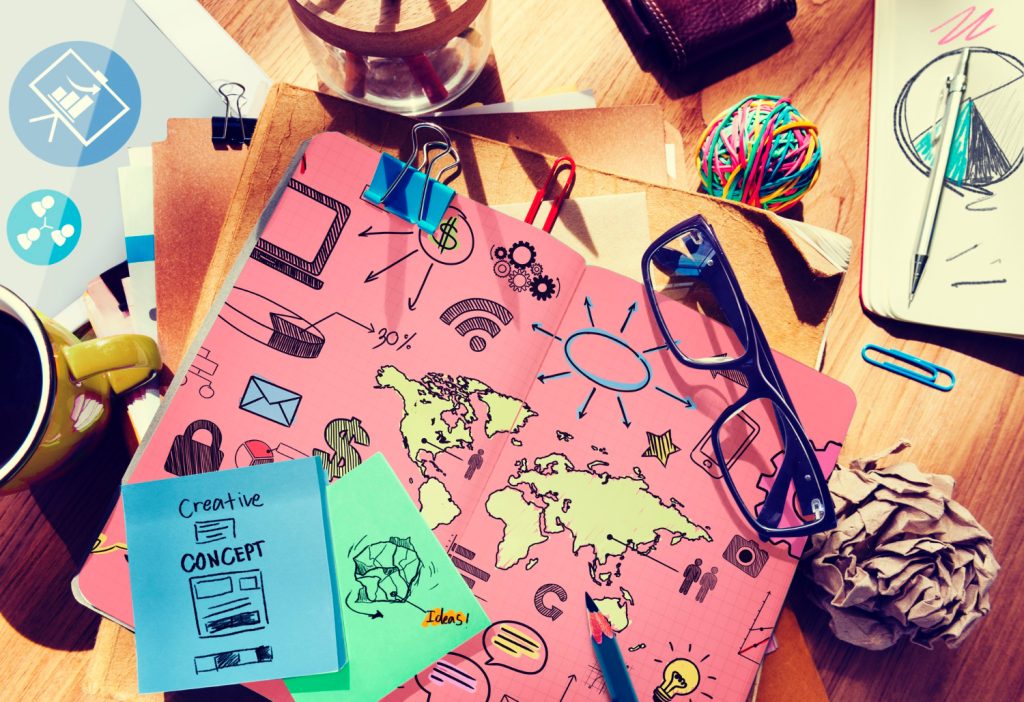
Introduction: Why 2025 Feels Like a Turning Point
If 2023 was the year of wild experimentation, and 2024 was about finding balance, then 2025 feels like the moment it all clicks. Strategy, creativity, and technology are no longer running on separate tracks they’re converging. Marketing is shifting faster than most brands can catch their breath, and the ground beneath us keeps moving. From AI’s growing influence to the way people now search, from fractured cultural identities to rising calls for transparency, the rules of the game are changing.
Growth Division, a growth marketing agency working with start-ups, recently shared insights into how high-growth companies are adapting to this new reality. What emerges is a picture of seven powerful forces shaping the future of marketing. The thread connecting them all? A push towards marketing that is deliberate, accountable, and deeply tuned into culture.
1. AI Isn’t Just a Tool – It’s a Creative Partner
The days of thinking about AI as a quiet back-office helper are over. It’s now pulling up a chair at the creative table. According to the Marketing AI Institute, more than 80% of marketers aren’t just using AI to speed things up they’re letting it shape the creative direction. That means sparking campaign ideas, generating content, and even anticipating how audiences will respond.
Big names like Coca-Cola and Unilever are already leaning on AI to produce visuals, write copy, and compose music. At Cannes Lions 2025, CMOs revealed budgets north of $10 million a year for AI platforms that marry creativity with data-driven insight. The takeaway? AI isn’t just powering the engine anymore it’s steering the car.
2. Search Is Changing and Your Strategy Should Too
Search no longer means ten blue links and a click. With tools like Google’s Search Generative Experience (SGE), ChatGPT, and Perplexity serving up answers directly on the results page, many searches now end without a single site visit. The Wall Street Journal reports that as many as 40% of queries are “zero-click.”
For marketers, that means traditional SEO can’t be the whole playbook. The new game is Generative Engine Optimisation (GEO) crafting content that’s not just findable, but quotable by AI. Think tight structure, rich semantics, and instant clarity.
3. Welcome to the “Phygital” World
The collision of physical and digital isn’t a gimmick anymore it’s the norm. Shoppers expect QR codes that unlock experiences, packaging that comes alive with AR, and stores that blend digital layers into the physical space.
Nike, for example, is letting customers try on trainers virtually in-store, while music festivals are adding AR scavenger hunts to their line-ups. As Peer to Peer Marketing notes, it’s all about creating experiences that stick in memory and feed back data. The magic lies in making the physical journey measurable through digital touchpoints.
4. Sustainability Isn’t a Storyline – It’s a Scorecard
Tokenistic green campaigns don’t cut it anymore. People want receipts proof that brands are backing up their words with real action. In 2025, accountability is the baseline.
Brand Finance reports that Apple and Microsoft have added billions in brand value thanks to verifiable environmental commitments. Meanwhile, Tesla’s market perception took a $7 billion hit over ESG transparency concerns. The message is clear: sustainability isn’t about glossy storytelling; it’s about measurable impact, third-party audits, and open reporting.
5. Culture Is the New Currency
Forget demographic targeting it’s too blunt for today’s audiences. Culture is where real connection lives. Brands that align with values, humour, language, and aesthetics of niche communities are seeing better returns than those still chasing mass appeal.
For Gen Z in particular, brand voices must sound natural, not rehearsed. It’s about embracing subcultures, creating meme-worthy content, and speaking in ways that resonate authentically with communities. Personalisation, as ClickInsights and El País point out, is no longer just about product it’s about tone, belonging, and cultural fit.
6. From Influencers to Co-Creators: The Rise of Creator Commerce
Influencer marketing has matured. In 2025, creators don’t just echo brand messages—they co-create them. They’re shaping campaigns, influencing product development, and even negotiating equity stakes.
Take Dove’s global push: Unilever used AI to scale micro-influencer content across multiple markets, delivering 3.5 billion impressions and a 52% bump in new customer acquisition. This shows that user-generated content is no longer an add-on; it’s the heart of trust and conversion, especially in beauty, fashion, and entertainment.
7. Privacy Isn’t Just Policy – It’s Positioning
With third-party cookies nearly gone and regulators circling, privacy has shifted from legal fine print to brand positioning. The IAB notes that over 70% of companies are pouring resources into first- and zero-party data information gathered directly from users via loyalty schemes, quizzes, and interactive content.
But this isn’t just about ticking compliance boxes. It’s about showing respect. Brands that treat data as a privilege, not property, are building stronger trust and more willing engagement from their audiences.
Conclusion: From Trend-Spotting to Trend-Setting
The throughline across all these shifts? Marketing is becoming more intentional, more responsive, and more human. The old days of broadcasting generic messages and hoping for the best are long gone. In their place stand strategies built on authenticity, cultural awareness, and accountability.
Winning in 2025 doesn’t mean doing everything at once. It means doing the right things well combining smart tech with cultural fluency, pairing performance metrics with real-world impact.
As Growth Division points out, this is more than just a year of change. It’s an opportunity. Not just to adapt, but to lead.